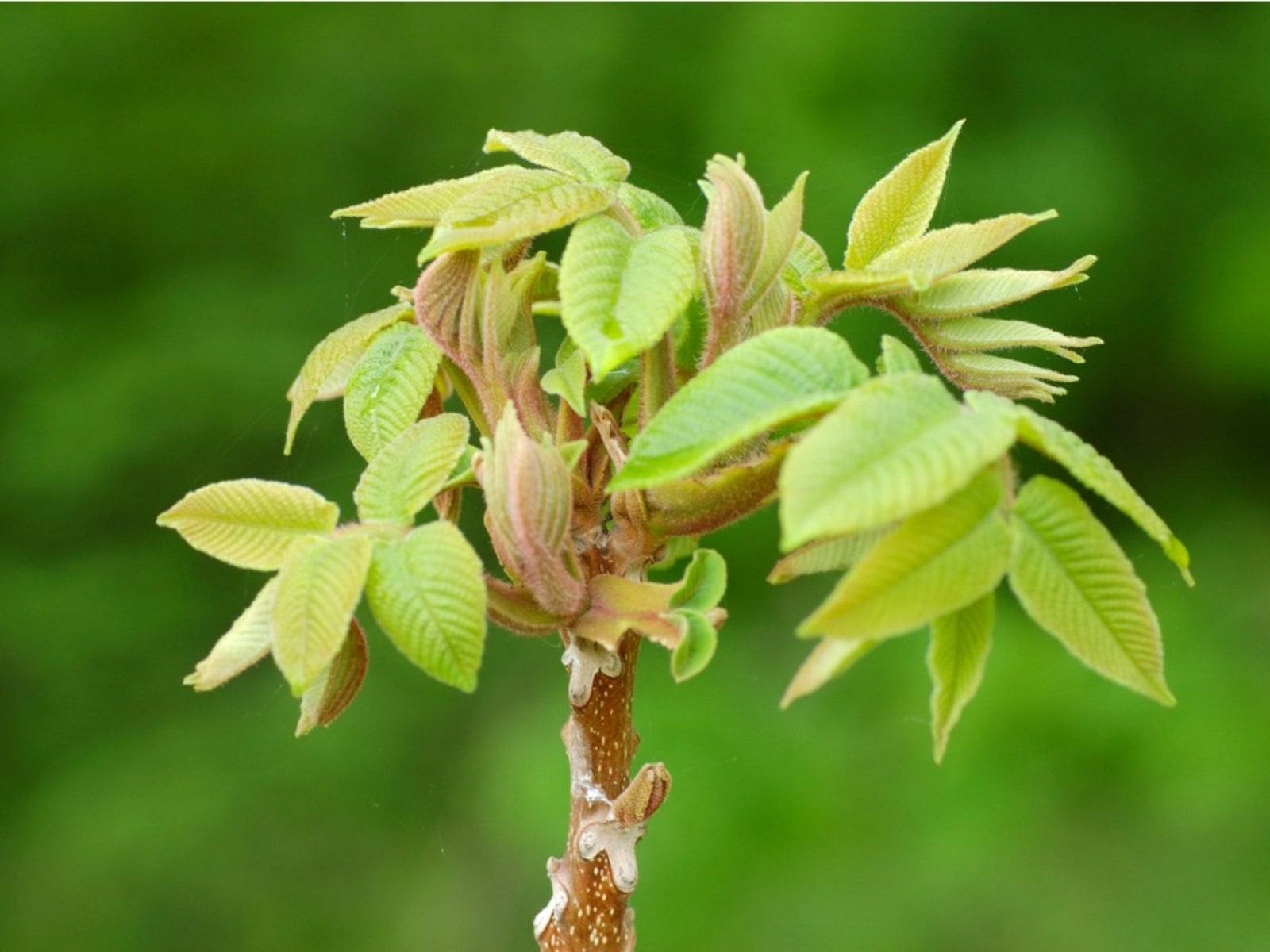Heartnut Tree Information – Growing And Harvesting Heartnuts


The heartnut tree (Juglans ailantifolia var. cordiformis) is a little-known relative of the Japanese walnut which is beginning to catch on in the colder climates of North America. Able to grow in areas as cold as USDA zone 4b, it’s a great alternative where many other nut trees won’t survive the winter. But what are heartnuts? Keep reading to learn about heartnut uses and heartnut tree information.
Heartnut Tree Information
Heartnut trees can grow to 50 feet tall (15 m.) with a spread of 65-100 feet (20-30.5 m.). They are hardy to cold and most pests. They get their name from their prolific production of a nut that looks, both inside and out, like a heart. The nuts taste similar to walnuts and are extremely hard to crack open. Growing heartnuts in well-drained soil will produce the best results, but they will grow in loamier soils.
Growing and Harvesting Heartnuts
Growing heartnuts is not difficult. You can plant the nuts directly in the ground or graft them. Grafted trees should start producing nuts in 1 to 3 years, while trees grown from seed can take as long as 3 to 5 years. Even then, it will probably be 6 to 8 years before they make enough nuts for a real harvest. Harvesting heartnuts is very easy - for a period of about two weeks in the autumn, the nuts will drop naturally to the ground. Make sure to pick them up within a few days, or they can rot. Dry the nuts in a dark, airy place to preserve them in their shells. If you want to shell them immediately, you will probably need a hammer or a vise. Harvesting heartnuts from their shells is notoriously difficult. Once you get through the hard shell, however, it’s worth it for the tasty meat and conversation that can come from it.
Gardening tips, videos, info and more delivered right to your inbox!
Sign up for the Gardening Know How newsletter today and receive a free copy of our e-book "How to Grow Delicious Tomatoes".

The only child of a horticulturist and an English teacher, Liz Baessler was destined to become a gardening editor. She has been with Gardening Know how since 2015, and a Senior Editor since 2020. She holds a BA in English from Brandeis University and an MA in English from the University of Geneva, Switzerland. After years of gardening in containers and community garden plots, she finally has a backyard of her own, which she is systematically filling with vegetables and flowers.
-
 Get Ready For A Summer Of Hummers! Grow These Full Sun Hummingbird Plants and Flowers
Get Ready For A Summer Of Hummers! Grow These Full Sun Hummingbird Plants and FlowersIf you’re lucky enough to enjoy a sunny backyard, make sure you are maxing out on your pollinator opportunities and grow these full sun hummingbird plants and flowers
By Tonya Barnett
-
 12 Lush Alternatives To A Lawn For Sustainable Spaces
12 Lush Alternatives To A Lawn For Sustainable SpacesAlternatives to a lawn are beautiful and also beneficial to your local ecosystem and its pollinators. Explore our top picks for plants to replace grass.
By Tonya Barnett